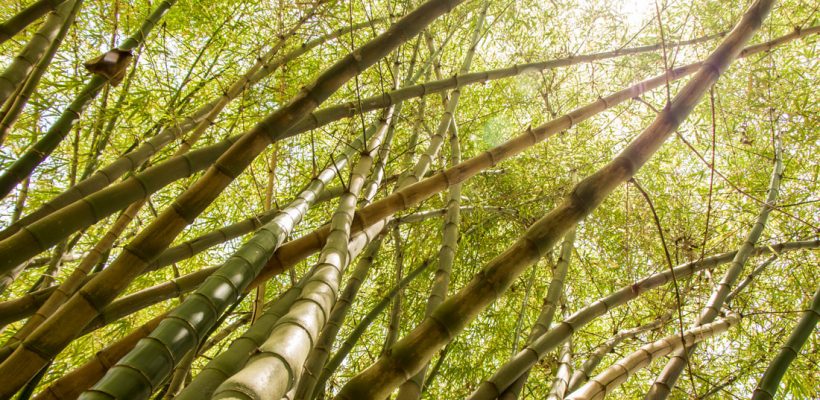
Bamboo produces 35% more oxygen than trees
Bamboo is one of the most successful plants on earth. With more than 1,500 species colonising a multitude of habitats from sea level to 12,000 feet, bamboo is a phenomenon of the vegetable kingdom. It can also add significant solutions to environmental problems to its list of successes.
After the Hiroshima bomb in 1945, bamboo survived the atomic blast closer to ground zero better than any other flora or fauna. It can also be used to “repair” soil damaged by overgrazing and poor agricultural techniques, while its complex network of roots
Perhaps even more importantly, given the carbon dioxide emissions thought to
For more than 4,000 years people have used bamboo in an astonishing variety of ways: paper, construction, food, weaponry, medicine and even as aphrodisiacs. However, most bamboo consumption is confined to South East Asia and Central America, where the most economically valuable species flourish. Except for garden canes, fishing rods and conservatory furniture, it seems that bamboo’s niche in the western market might just come from privacy screening.
Article adapted from www.theguardian.com
